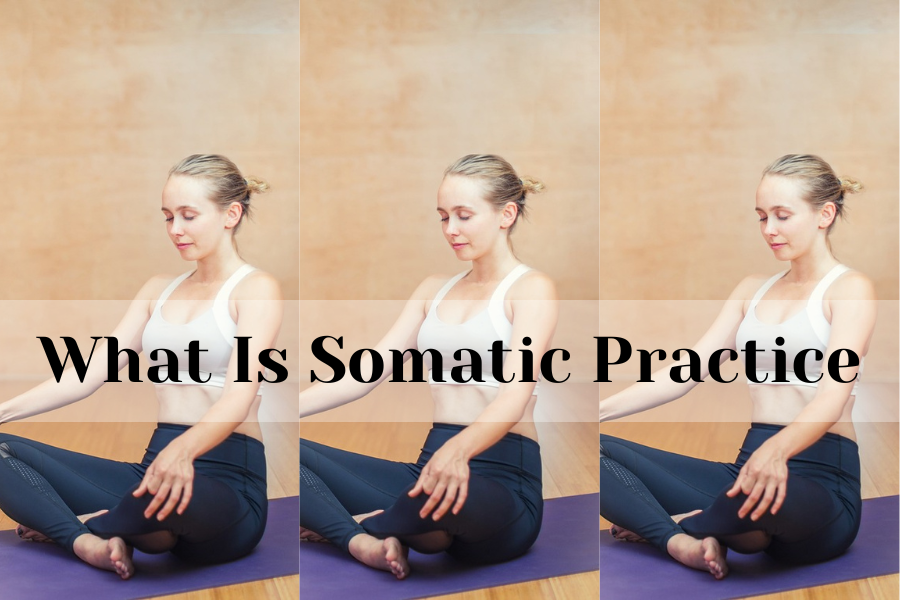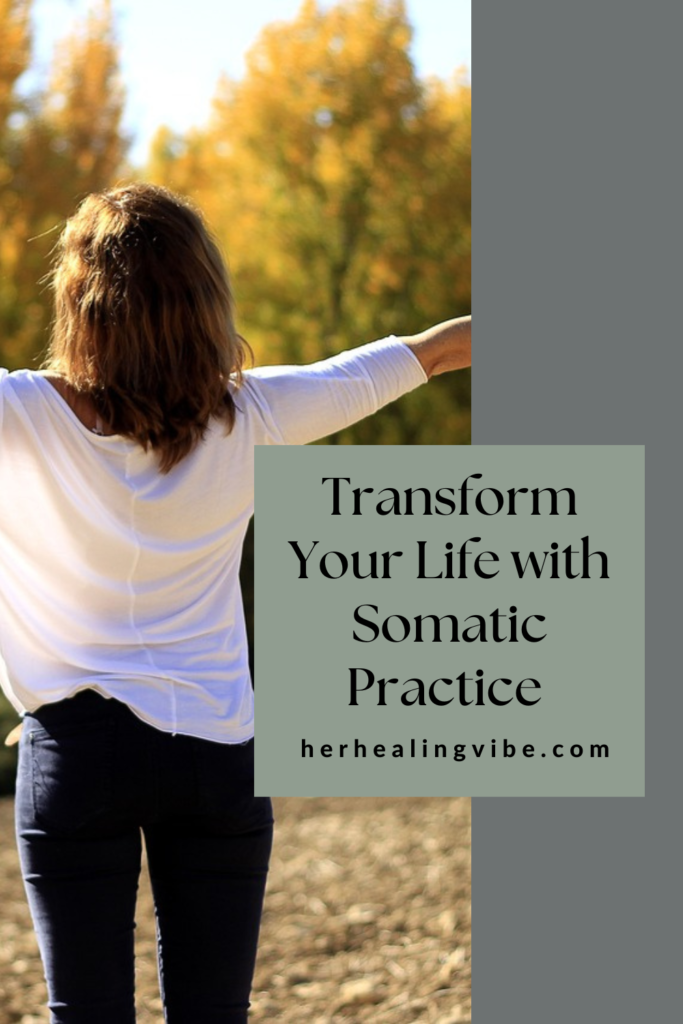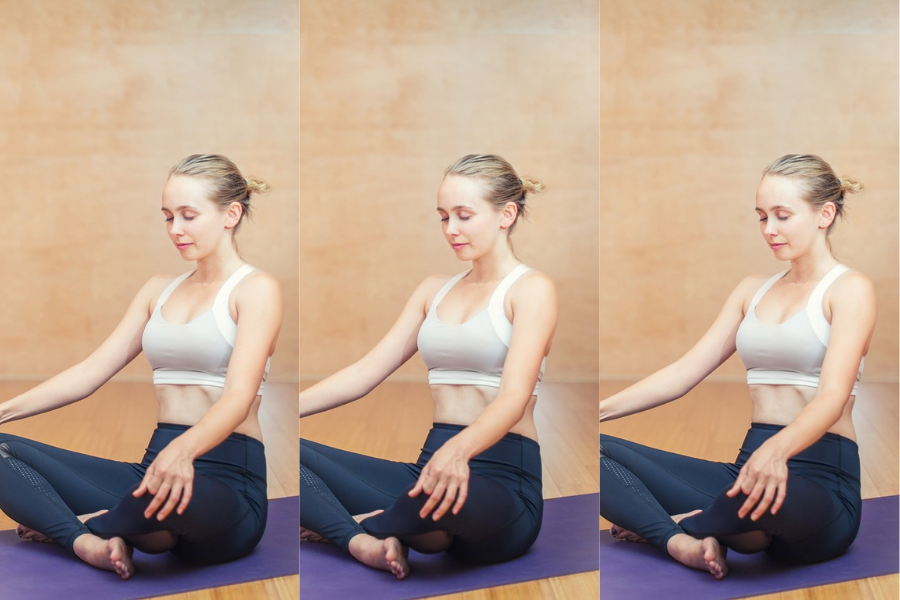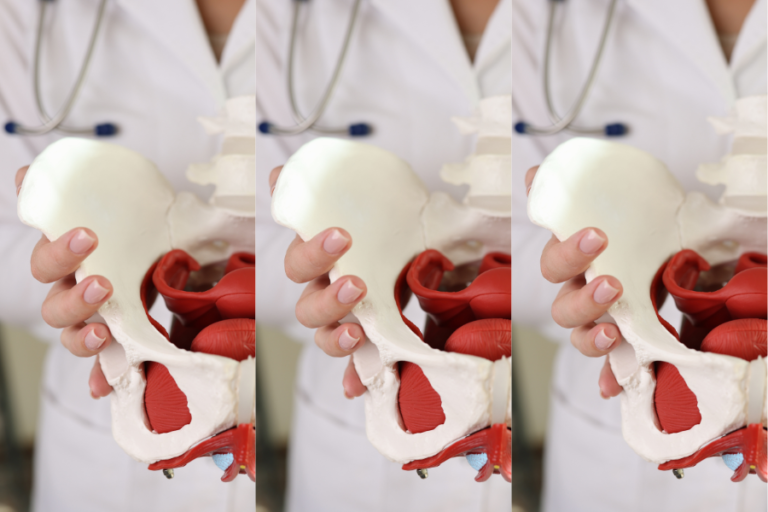What Is Somatic Practice and How Can It Transform Your Well-Being?
Somatic practice is a holistic approach to wellness that focuses on the mind-body connection. It involves using movement, breath, and mindfulness to release tension, reduce stress, and improve overall well-being. In this blog post, I will explore the benefits of somatic practice and how it can help you cultivate a deeper awareness of your body and emotions. Whether you’re looking to enhance your physical health, manage chronic pain, or simply feel more grounded and present in your daily life, somatic practice offers a range of tools and techniques to support your journey to greater well-being.

Why I Love Somatic Practices So Much
Somatic practices have had a profound impact on my life, helping me achieve a deeper level of self-awareness and inner peace. Here’s why I’m so passionate about them:
Connecting Mind and Body
One of the main reasons I love somatic practices is their ability to bridge the gap between my mind and body. Through mindful movements, breathing exercises, and body awareness techniques, I’ve learned to be more in tune with my physical sensations and emotional responses. This integration has been transformative, allowing me to approach life with a greater sense of balance and harmony.
Release of Physical Tension
Somatic practices have been instrumental in helping me release pent-up physical tension and stress. By tuning into the subtle cues of my body and exploring gentle movements, I’ve been able to alleviate muscle tightness and promote relaxation. This has not only improved my physical well-being but has also had a positive impact on my mental state, reducing feelings of anxiety and enhancing overall happiness.
Cultivating Mindfulness
Engaging in somatic practices has deepened my mindfulness practice, enabling me to cultivate a more present and conscious way of living. By focusing on the sensations and experiences within my body, I’ve developed a heightened awareness of the present moment, which has translated into improved concentration, clarity of mind, and a greater capacity for handling life’s challenges.
Embracing Self-Exploration
Somatic practices have encouraged me to embark on a journey of self-exploration, delving into the intricate connections between my physical, emotional, and mental states. This process has been enlightening, unveiling layers of self-discovery and personal growth. Through somatic work, I’ve gained valuable insights into my habitual patterns, allowing me to make conscious choices that align with my authentic self.
This post covers the basics of Somatic Practice.


Understanding Somatic Practice
Somatic practice is a holistic approach that focuses on the mind-body connection to enhance physical and emotional well-being. It is a form of movement therapy that involves deepening awareness of bodily sensations, emotions, and thought patterns to promote healing and self-discovery. This practice encompasses various modalities such as somatic experiencing, dance therapy, and other somatic movement practices.
What is Somatic Practice?
Somatic practice involves exploring the body’s wisdom and integrating movement, breath, and mindfulness to address trauma, reduce stress, and improve overall vitality. It emphasizes tuning into bodily sensations and utilizing movement as a means of self-expression and healing. By cultivating a heightened awareness of the body’s signals, individuals can develop a deeper understanding of their physical and emotional experiences.
History of Somatic Practice
Somatic practices have roots in ancient therapeutic traditions and indigenous healing practices that recognize the interconnectedness of the body, mind, and spirit. In the modern context, the term “somatic” was popularized by Thomas Hanna in the 1970s, emphasizing the importance of bodily experience in shaping psychological well-being. Over time, somatic practices have evolved to encompass a wide range of disciplines, including bodywork, movement therapies, and mindfulness-based approaches.
For further exploration of the origins and principles of somatic practice, I recommend visiting the Somatic Experiencing Trauma Institute for detailed insights into somatic experiencing therapy.
Principles of Somatic Practice
Somatic practice revolves around the interconnectedness of the mind and body, encompassing various principles that guide its application and understanding. These principles embrace the idea of the mind-body connection, embodiment and awareness, as well as regulation and self-regulation, all integral to the practice.
Mind-Body Connection
The mind-body connection is a fundamental concept within somatic practice. It involves recognizing the intricate relationship between one’s physical sensations and their emotional and psychological experiences. By acknowledging this connection, individuals can cultivate a deeper understanding of how their thoughts and emotions manifest in their bodies. This awareness paves the way for the identification and release of stored tension, leading to enhanced emotional well-being and physical comfort.
Embodiment and Awareness
Embodiment and awareness are central to somatic practice, emphasizing the importance of being present in one’s body and fully experiencing the sensations and movements within. This principle encourages individuals to consciously explore and engage with their bodily experiences, promoting an increased sense of vitality and connection to oneself. By honing this awareness, individuals can develop a more profound understanding of their physical and emotional states, fostering a heightened sense of self-awareness and responsiveness.
Regulation and Self-Regulation
Regulation and self-regulation encompass the capacity to modulate one’s physiological responses and emotional states. Somatic practice empowers individuals to regulate their nervous system activity, thereby promoting relaxation, resilience, and overall well-being. Through the cultivation of self-regulation skills, individuals can effectively manage stress, anxiety, and emotional fluctuations, fostering a greater sense of balance and internal harmony.

Techniques and Approaches
Somatic practices encompass a variety of techniques and approaches aimed at enhancing body-mind connection and overall well-being. These methodologies focus on cultivating body awareness and promoting healing through conscious movement, breathwork, and sensory exploration. Here, we will delve into some of the key techniques and approaches employed in somatic practice.
Body Scan and Sensory Awareness
Engaging in a body scan involves directing attention to different parts of the body, systematically observing physical sensations, and acknowledging any areas of tension or discomfort. This practice fosters heightened sensory awareness, allowing individuals to develop a deeper understanding of their bodily experiences. Through gentle guidance and focused attention, individuals can learn to release tension and alleviate stress, ultimately fostering a greater sense of relaxation and well-being.
Movement and Breathwork
Incorporating intentional movement and breathwork into somatic practice enables individuals to connect with their bodies on a profound level. Through mindful movement, such as yoga or tai chi, practitioners can cultivate a sense of embodiment and explore the interplay between physical sensations and emotions. Additionally, breathwork techniques, such as diaphragmatic breathing or alternate nostril breathing, serve to regulate the nervous system, promote relaxation, and facilitate a deeper connection with the body’s innate rhythms.
Somatic Experiencing
Somatic Experiencing is a therapeutic modality that focuses on resolving trauma and chronic stress through body-oriented techniques. By attuning to bodily sensations and tracking physiological responses, individuals can gradually release stored tension and mitigate the impact of past traumatic experiences. This approach facilitates the renegotiation of traumatic imprints within the body, promoting resilience and restoring a sense of safety and empowerment.
By engaging in these techniques and approaches, individuals can embark on a transformative journey of self-discovery, cultivating greater harmony between the body and mind.

Benefits of Somatic Practice
Somatic practices offer a range of benefits that positively impact our overall well-being. These practices are instrumental in improving physical and emotional health, leading to a more balanced and resilient lifestyle.
Stress Reduction and Relaxation
Engaging in somatic practices such as yoga, mindful movement, and meditation can significantly reduce stress and promote relaxation. These techniques focus on connecting the mind and body, fostering a sense of calm and tranquility. By incorporating breathwork and gentle movements, individuals can release tension, promote better sleep, and enhance their overall sense of well-being. This holistic approach to stress reduction empowers individuals to navigate life’s challenges with greater ease and composure.
Emotional Healing and Resilience
Somatic practices play a pivotal role in emotional healing and resilience. By cultivating a deeper awareness of bodily sensations and emotions, individuals can address past traumas and develop healthier coping mechanisms. Through somatic experiencing, individuals can process and release emotional distress stored in the body, leading to a greater sense of inner peace and emotional equilibrium. This process enables individuals to navigate complex emotions more effectively and build emotional resilience in the face of adversity.
Improved Physical Well-being
The practice of somatics contributes to improved physical well-being by fostering greater body awareness, flexibility, and strength. Through mindful movement and exercises, individuals can enhance their posture, alleviate muscular tension, and improve overall body alignment. Somatic practices also promote better circulation, balance, and coordination, supporting the body’s natural healing processes. These physical benefits contribute to an enhanced sense of vitality and overall physical wellness.
Incorporating somatic practices into daily life offers a holistic approach to well-being, encompassing the interconnectedness of body, mind, and emotions. These practices provide a foundation for cultivating resilience, promoting relaxation, and enhancing overall physical and emotional health.

Applications of Somatic Practice
Somatic practice offers a multitude of applications, ranging from therapy and healing trauma to performance enhancement, as well as everyday mindfulness and wellness.
Therapy and Healing Trauma
One significant application of somatic practice is in the realm of therapy and trauma healing. By engaging with the body’s sensations and movements, individuals can address and process deeply rooted trauma. Through guided somatic exercises, individuals can gradually release tension and stress stored within their bodies, promoting emotional healing and facilitating a sense of safety.
Performance Enhancement
In the realm of performance, somatic practice plays a pivotal role in enhancing bodily awareness, coordination, and overall physical performance. Athletes, dancers, and individuals in various performing arts can benefit from somatic techniques to improve posture, refine movement efficiency, and cultivate a heightened sense of bodily expression.
Everyday Mindfulness and Wellness
Somatic practice extends its benefits to everyday life by promoting mindfulness and overall wellness. Through somatic movement and breathwork, individuals can tap into a deeper connection with their bodies, fostering a greater sense of presence and tranquility. This practice offers a holistic approach to wellness, nurturing physical, emotional, and mental well-being.

Conclusion
Understanding somatic practice is essential for improving overall well-being and enhancing mind-body connection. By focusing on bodily sensations and movements, individuals can address physical and emotional issues, leading to a more holistic approach to health and healing. Whether through yoga, dance, or other somatic techniques, incorporating these practices into daily life can promote self-awareness, stress reduction, and improved physical function. Embracing somatic practice offers a pathway to cultivating a more balanced and harmonious existence.
This Post Was All About Explaining Somatic Practice
Other Posts You May Like:









2 Comments